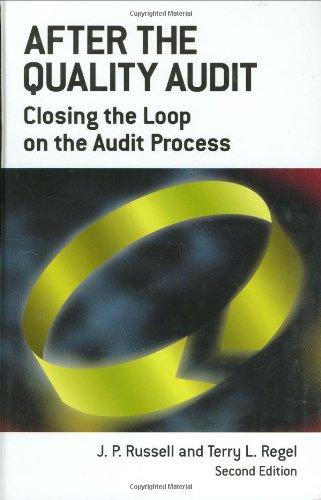

QUESTION 1 [MARKS 20] I wish to make some investment. There are a few companies where I can make investment. I have data on four financial ratios (R1 through R4) of seven companies (C1 through C7) The financial ratios available are, Profitability (R1), Productivity (R2), Market value per share (R3), and Debt ratio (R4). Profitability ratios are used to evaluate the company's ability to generate income as compared to its expenses and other cost associated with the generation of income during a particular period. There are multiple profitability ratios. I have an aggregated measure for the profitability ratio (R1) for each company and I know that higher profitability ratios are a good sign. The productivity ratio is a quantifiable number (R2) that measures production during a specific period. Production refers to the total number of items or goods that an organization generates relative to the effort put in. I know that higher productivity ratio is desirable. Market value per share (R3) is calculated as the total market value of the business, divided by the total number of shares outstanding. This reveals the value that the market currently assigns to each share of a company's stock. / know that higher R3 is a very healthy sign, but I am not willing to take decision based on this ratio only because the market value may be overhyped. The debt ratio (R4) is a financial ratio that measures the extent of a company's leverage. The debt ratio is defined as the ratio of total debt to total assets. A high ratio indicates that a company may be putting itself at risk of default on its loans if interest rates were to rise. I believe that smaller debt ratios are advantageous. The available data is shown in the table (Table A). Please help me by providing a ranking to these companies, based on the available ratios, using TOPSIS (the multi-criteria decision making technique). I am not sure about the weights to be assigned to the different ratios. You have to help me, but profitability is most important and debt-ratio is least important to me. Other two ratios are more or less equally important to me. (Table A) Ratios R1 R2 R3 R4 Company C1 0.12 49.5 0.15 0.83 0.08 34.2 0.14 0.81 0.04 32.7 0.09 0.89 0.16 44.6 0.11 0.64 88|8IR|BRI 0.09 33.1 0.13 0.92 0.15 31.4 0.07 0.72 0.13 30.6 0.07 0.86 QUESTION 1 [MARKS 20] I wish to make some investment. There are a few companies where I can make investment. I have data on four financial ratios (R1 through R4) of seven companies (C1 through C7) The financial ratios available are, Profitability (R1), Productivity (R2), Market value per share (R3), and Debt ratio (R4). Profitability ratios are used to evaluate the company's ability to generate income as compared to its expenses and other cost associated with the generation of income during a particular period. There are multiple profitability ratios. I have an aggregated measure for the profitability ratio (R1) for each company and I know that higher profitability ratios are a good sign. The productivity ratio is a quantifiable number (R2) that measures production during a specific period. Production refers to the total number of items or goods that an organization generates relative to the effort put in. I know that higher productivity ratio is desirable. Market value per share (R3) is calculated as the total market value of the business, divided by the total number of shares outstanding. This reveals the value that the market currently assigns to each share of a company's stock. / know that higher R3 is a very healthy sign, but I am not willing to take decision based on this ratio only because the market value may be overhyped. The debt ratio (R4) is a financial ratio that measures the extent of a company's leverage. The debt ratio is defined as the ratio of total debt to total assets. A high ratio indicates that a company may be putting itself at risk of default on its loans if interest rates were to rise. I believe that smaller debt ratios are advantageous. The available data is shown in the table (Table A). Please help me by providing a ranking to these companies, based on the available ratios, using TOPSIS (the multi-criteria decision making technique). I am not sure about the weights to be assigned to the different ratios. You have to help me, but profitability is most important and debt-ratio is least important to me. Other two ratios are more or less equally important to me. (Table A) Ratios R1 R2 R3 R4 Company C1 0.12 49.5 0.15 0.83 0.08 34.2 0.14 0.81 0.04 32.7 0.09 0.89 0.16 44.6 0.11 0.64 88|8IR|BRI 0.09 33.1 0.13 0.92 0.15 31.4 0.07 0.72 0.13 30.6 0.07 0.86








